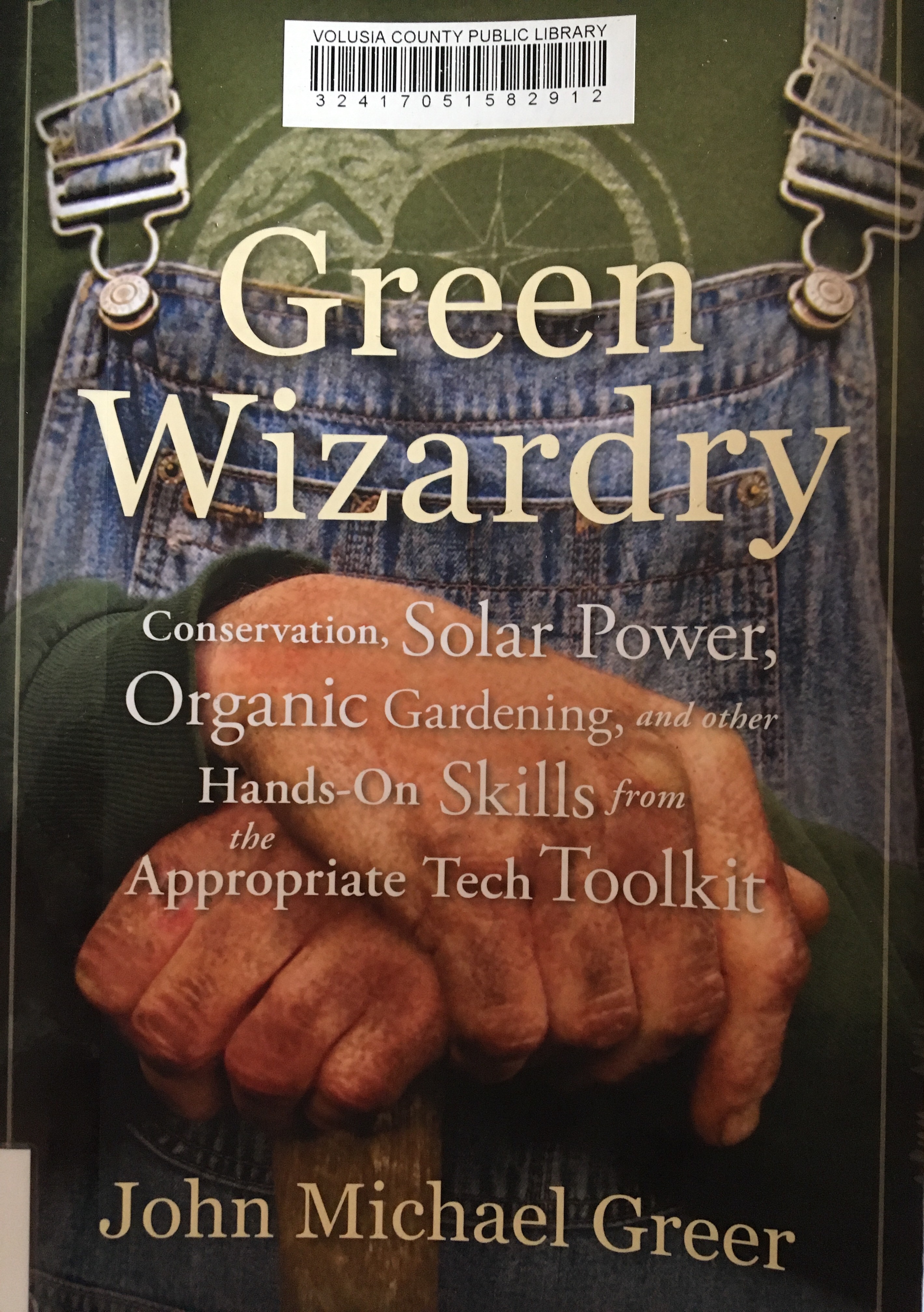There’s a vigorous debate going on in my region about “septic vs. sewer.” Specifically, whether or not the homes that still have septic tanks should be forced to connect to the sewer system. Following is a compilation of comments that I’ve posted recently on this topic in local eco groups. I hope you will find it useful.
One point I like to emphasize is that there are other options besides septic and sewer. They work with nature, and they turn “waste” into a resource.
“Plan C”: Three Proven Alternatives to Septic and Sewer
1) The Watson Wick
“Whereas almost all flush toilets either send black water to the municipal sewers and water treatment plants or to a septic system which leach the black water far beneath the soil (and out of the reach of most plants´ roots), the Watson Wick System allow the nutrients that are in black water to be utilized by plants while completing eliminating any sort of risk associated with the pathogens that our waste contains.” (https://permaculturenews.org/2017/11/14/watson-wick-flush-toilet-system/)
2) Constructed Wetlands
EPA site referencing various docs
“A constructed wetland is used to recreate the treatment processes that occur in natural wetlands. Natural wetlands generally have visible water in the system. (NOTE: Natural wetlands are not to be used to treat wastewater. Constructed wetlands are sized and designed specifically to treat wastewater.)”
“Septic tanks are used as the precedent treatment process to constructed wetlands. Once the wastewater leaves the septic tank, it enters the wetland. The pathogens and nutrients entering the wetland are believed to be removed from the effluent by microbes living on the surfaces of the media and plant roots.” (https://ossf.tamu.edu/constructed-wetland/)
3) Compost Toilets
(Note, although DIY models are effective and inexpensive, and are popular with the “off-grid homestead” crowd, there are also a number of commercially manufactured models, which look similar to Porta-potties or RV toilets)
“Compost toilets produce no waste, no sewage, no wastewater, no odor and no environmental pollution. They conserve water while producing soil fertility.” (From Humanure Handbook author Joe Jenkins, who I consider the foremost authority on compost toilets in the USA, and maybe even the world)
My overall opinion:
Before even thinking about forced conversion, the best solutions to the actual problem are cheaper and closer at hand. Assuming that the real goal is to address pollution in our waterways (as opposed to, say, a goal of generating revenue by forcing people onto sewer), we can get more bang for our buck by doing the following before we consider the expensive step of switching septic to sewer:
– Fully enforce the restrictions on fertilizing lawns in the summer (wet season)
– Ensure that septic tanks get inspection/checkup in a timely manner
– Strongly encourage rainwater collection (via cisterns, earthworks, and Ocean-Friendly Gardening techniques such as rain gardens, bio-swales). Did you know — every 1,000 sf of roof in this region can collect THIRTY THOUSAND gallons of rainfall a year. That is one huge amount of water that currently mostly gets sent straight into the stormwater/sewer system and waterways, since our soil is such a porous sieve. Rainwater harvesting is a major missing piece in a resilient sewer OR septic system.
– Replace depleted vegetation by planting shrubs, trees, tall native grasses; and strongly discourage the current mainstream “land-scalping” practices such as excessive pruning and mowing. Stop mowing all the way to the edge of ponds and other bodies of water; plant reeds and other tall vegetation there
– Avail ourselves of UF-IFAS (University of Florida Institute of Food and Agricultural Sciences) and other expert sources to identify and install vegetation that will uptake the largest amount of stormwater and/or nutrients
Here is what I consider the most effective leverage point for action: Conserve trees and wetlands, or restore trees and wetlands where they have been lost.
“A single acre of wetlands can hold up to 1.5 million gallons of rain or melting snow. Otherwise it winds up in the sewer system. Trees help keep water out of sewer systems, too. In fact, the group American Forests estimates that as Washington, D.C.’s tree canopy thinned by 43 percent between 1973 and 1997, the amount of stormwater running into the city’s aging sewer system increased by 34 percent.” (From AmericanRivers.org)


 The approach of the Fourth of July (Independence Day in the USA) always gets me enthusiastic about energy independence.
The approach of the Fourth of July (Independence Day in the USA) always gets me enthusiastic about energy independence.